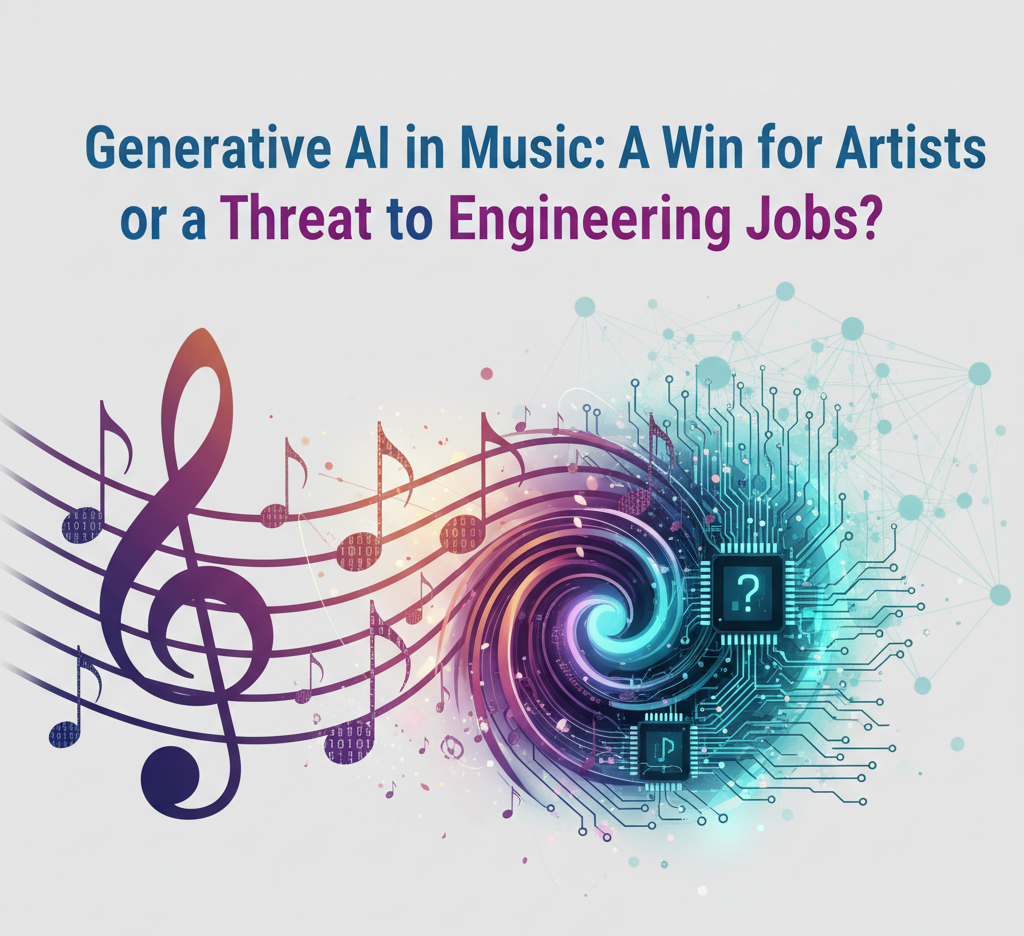The studio lights go down. The board lights up. A human engineer (someone who’s spent years honing an ear, calibrating analog gear, and feeling the air in the room) sits behind the desk. Now imagine across the room something different: a generative-AI system that can write a melody, generate a lyric, compose an arrangement and deliver a mix in a minute and a half. As the inevitable question rises: what happens to the engineer? We’re standing at a crossroads where technology, artistry and commerce all converge.
In this article, we’ll pull apart the data, listen to what the industry is saying, and frame the future of our craft. Because in the world of audio and music production, the stakes are high.
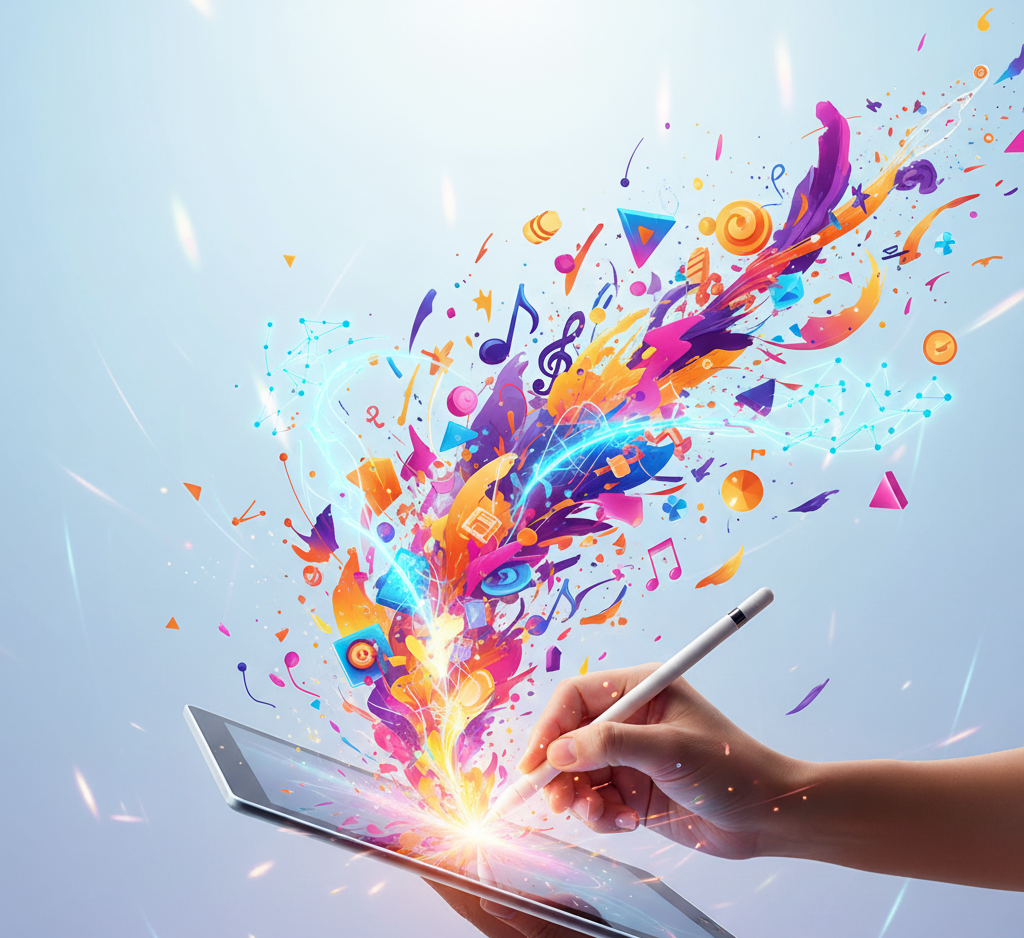 The Promise: Empowering Artists and Accelerating Creativity
The Promise: Empowering Artists and Accelerating Creativity
For many creators, generative AI is nothing less than a super-charger. The barriers that once existed (studio time, technical know-how, access to engineers) are being lowered. Research shows that 20 % of artists have already used AI in their music production workflow, with another 10 % planning to do so. A survey of producers confirms that one-quarter (25 %) now incorporate AI tools in music creation; though many use them for stem separation rather than full song generation.
Meanwhile, from a market perspective: the global “AI in Music” market (not just generative AI) was valued at roughly US$2.9 billion in 2024, with cloud-based solutions alone capturing over 70 % of that share. Projections suggest that it could rise to tens of billions within a decade.
What does this mean for artists?
-
Tools that once required a full team are now accessible to solo or indie creators.
-
Creativity can be democratized: someone with an idea (but without a full budget) can now iterate fast, test arrangements, try vocal concepts, and move at the speed of inspiration.
-
Engineers who lean into these tools can free themselves from repetitive tasks (like comping dozens of vocal takes, doing basic clean-ups, noise removal) and focus more on artistry.
As Ge Wang of Stanford puts it:
“Why would I want to make a generative music engine when making music yourself is so joyful?”
Implicit in this is the idea: AI isn’t about replacing joy – it’s about amplifying it.
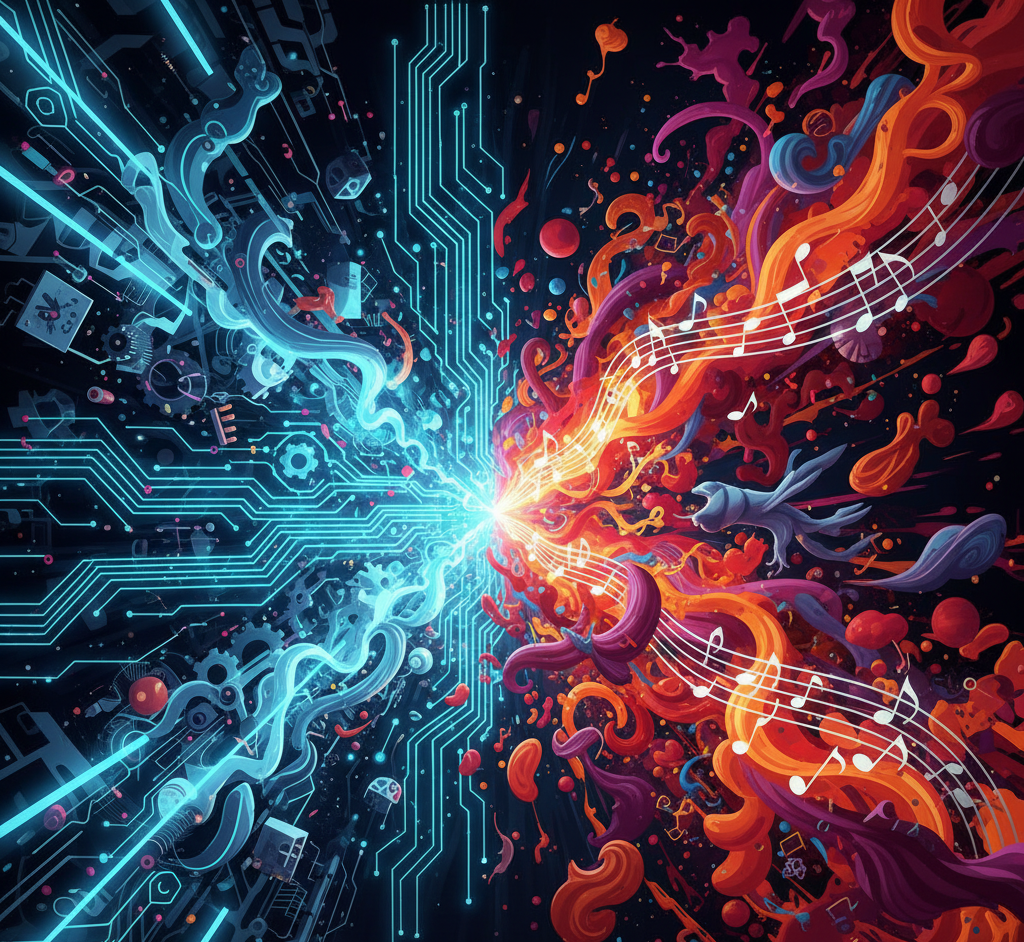 The Tension: Automation vs. Artistry and Engineering Jobs
The Tension: Automation vs. Artistry and Engineering Jobs
But every advance carries disruption. And the engineering side of the studio is asking a sharp question: what happens when the “technique” can be partly automated? Here are the headline figures and concerns:
-
A study from International Confederation of Societies of Authors and Composers (CISAC) projects that by 2028, up to 23-24 % of music creators’ revenues could be displaced by generative AI.
-
The same report says that by 2028, generative-AI music could account for about 20 % of streaming platform revenues and around 60 % of music library revenues.
-
One industry writer quotes:
“AI-generated music can expand the potential of human creativity, but in doing so, it could choke off the livelihoods of the musicians who make it possible.” Vox
Put plainly: if engineers and technical creatives don’t evolve their role, what was once their distinctive expertise (studio technique, sonic judgement, workflow facilitation) may lose some of its scarcity. When a machine can handle large parts of a mix-prep, stem separation, even basic mastering, the human specialist needs to bring something more: strategy, taste, vision.
Adding voice to the concern, industry educator Rick Beato observes:
“AI can create a song, including the arrangement and a perfect vocal performance in a minute and a half. And it can continue to do that forever.”
That kind of capacity fundamentally alters the value equation.
The Shift: From Technician to Creative Strategist
So here is the opportunity for engineers: this is not a moment of obsolescence, but of transformation. The role that once centered on “doing the technical stuff” now opens into “guiding the creative process” and “curating the sonic identity.” Consider these strategic shifts:
-
Workflow facilitator: Let the AI handle repetitive tasks (noise removal, basic edits, vocal comping, initial draft mixing) so the engineer can spend more time listening, making decisions, shaping emotion, refining feel.
-
Creative collaborator: Think of AI as an instrument, a new tool in your palette. Rather than “AI versus human,” imagine “human plus AI”. Ge Wang says that designing tools that augment human effort is a richer route than trying to replace it.
-
Sonic strategist & curator: The engineer becomes the person asking: what does the track feel like? What emotions do we want to evoke? How do we ensure authenticity, sonic signature, uniqueness? These are human-centered tasks that aren’t easily automated.
-
Rights & metadata champion: With generative AI raising new copyright, ownership and attribution issues, engineers and studios that can map and manage metadata, ensure proper credits and advocate for fair use become vital.
In short: the engineers who will thrive are those who embrace the disruption rather than fight it.
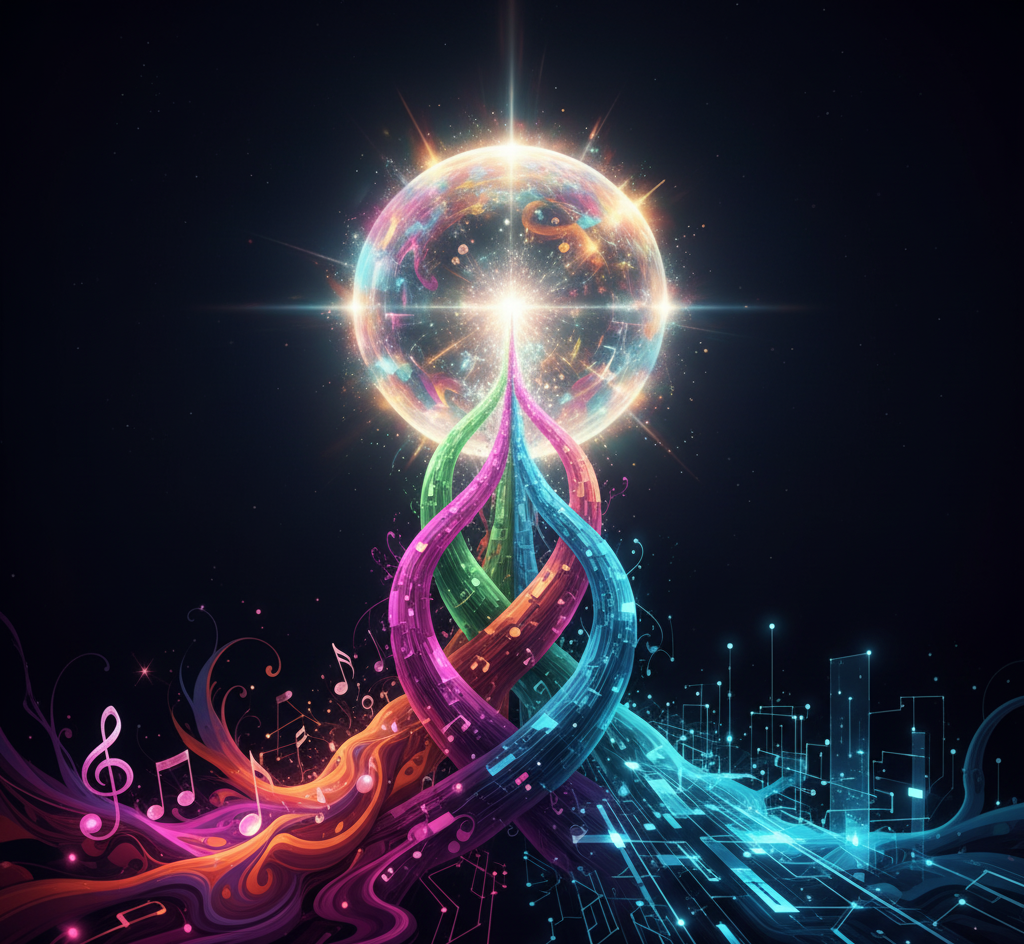 The Bigger Picture: Collaboration Over Competition
The Bigger Picture: Collaboration Over Competition
For artists and engineers alike, the big picture is this: generative AI in music doesn’t have to be a threat, it can be a bridge between creativity and production. When deployed thoughtfully:
-
Artists get unprecedented freedom; engineers focus on those human elements that machines still struggle with (taste, nuance, emotion, narrative).
-
The role of the studio evolves rather than disappears. Studios become places where human judgment, artistic vision and collaboration happen, not just technical execution.
-
The music industry evolves toward a hybrid model in which human-machine collaboration becomes the norm. As one company puts it: “synthetic music will help artists make a similar creative leap by blurring the lines between artist, consumer, producer and performer.” Andreessen Horowitz
And from the engineer’s vantage point: this is your chance to declare value beyond the plug-ins, the faders and the latency. The value you bring is your ear, your taste, your experience, your human relationship with the artist.
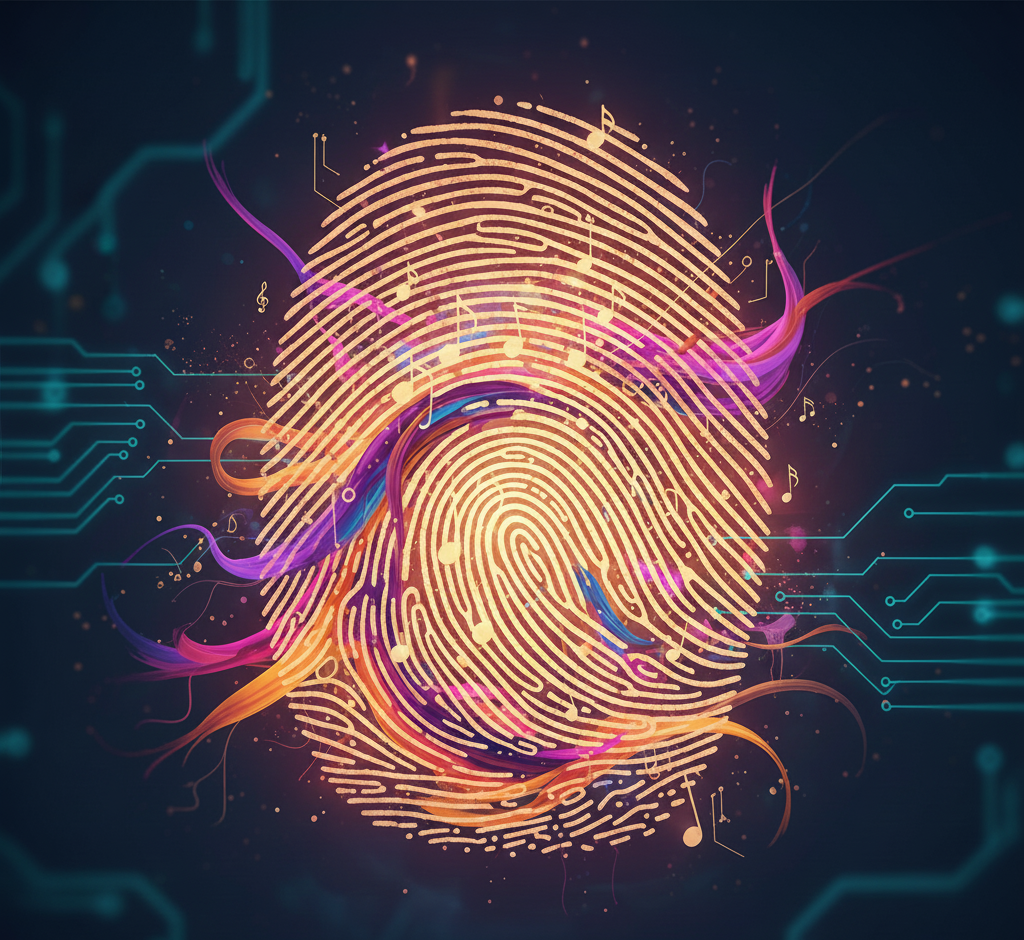 The Takeaway: Human Fingerprint Still Matters
The Takeaway: Human Fingerprint Still Matters
Here’s what I want you to remember:
-
Yes, generative AI is powerful. It is reshaping how music is created, produced and distributed.
-
Yes, there are risks—especially to engineering jobs and the economics of human creators if no adaptation occurs and if rights/attribution go unmanaged.
-
But the human fingerprint still matters. Music is not just precise signal routing and gain staging; it’s emotional communication, meaning, nuance, a story. Machines can approximate; humans live it.
For engineers: your craft isn’t erased, it’s redefined. The faders, the consoles, the gear. They remain tools, but less of the story; the story is your interpretation, your guidance, your collaboration.
For artists: the studio of tomorrow is leaner, more agile and you’ll want engineers who not only know the gear, but know how to lead with intention, emotion, and sonic identity.
The future of music isn’t human or machine, it’s human with machine. And if you’re the engineer who understands that, you’ll not just survive, you’ll thrive.
